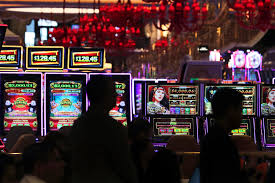counterfeit documents
Introduction
Counterfeit Documents: An Invisible Commodity in the Global Market
Counterfeit documents have become a lucrative but illegal industry, representing a significant underground market. From fake passports, birth certificates, and university diplomas to forged driver's licenses and professional certifications, counterfeit documents are designed to replicate genuine ones with increasing precision. This has led to a growing industry that caters to individuals and organizations seeking to bypass legal regulations, achieve a false identity, or exploit gaps in documentation for personal gain.
The production and distribution of counterfeit documents represent both a technological feat and a legal challenge. As printing and imaging technologies advance, so do the methods used by counterfeiters to create convincing fake documents. But what drives the demand for these documents? And what are the consequences of engaging in this shadow economy? In this article, we will explore these questions by analyzing the product features of counterfeit documents, examining the market dynamics, understanding the target audience, and investigating the potential legal and ethical implications.
Section 1: Product Features
1.1 Types of Counterfeit Documents
Counterfeit documents can range from identity cards to diplomas, and each type is tailored to meet a specific need of the end user. Common counterfeit documents include:
- Fake IDs: Often used by underage individuals to purchase alcohol or gain entry into restricted venues.
- Forged Passports: Used to facilitate illegal immigration or to hide the true identity of a person traveling internationally.
- Counterfeit Diplomas and Academic Certificates: Allow individuals to present fraudulent qualifications for job applications or immigration purposes.
- Driver’s Licenses: Fake driver's licenses are used to avoid restrictions on driving or insurance fraud.
- Professional Certifications: Certain fields require specific qualifications, and fake professional certifications can open doors illegally for unqualified individuals.
1.2 Quality and Authenticity
One of the most critical features of counterfeit documents
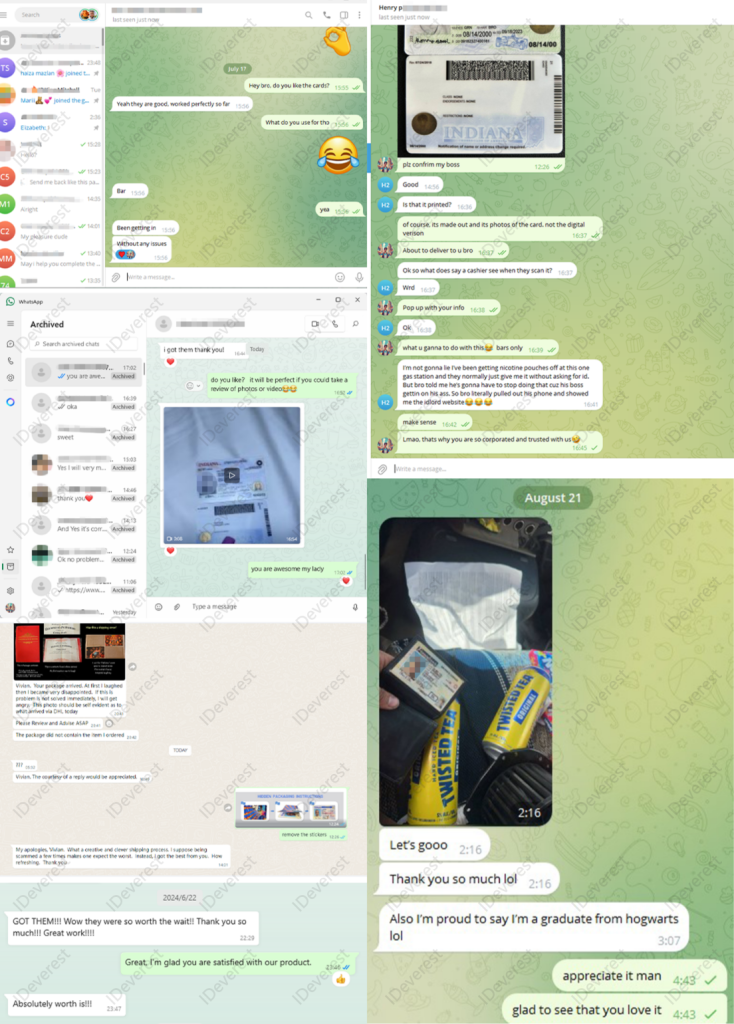 Texas Fake ID
Texas Fake ID
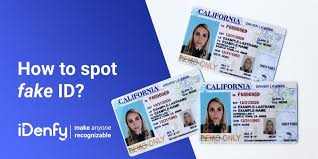 FlorFake IDa Fake ID
FlorFake IDa Fake ID
 Nebraska Fake ID
Nebraska Fake ID
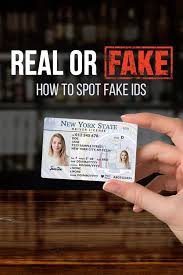 Connecticut Fake ID
Connecticut Fake ID
 Indiana Fake ID
Indiana Fake ID
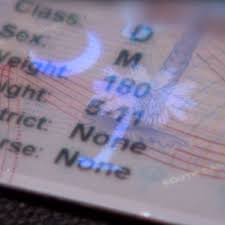 Pennsylvania Fake ID
Pennsylvania Fake ID

